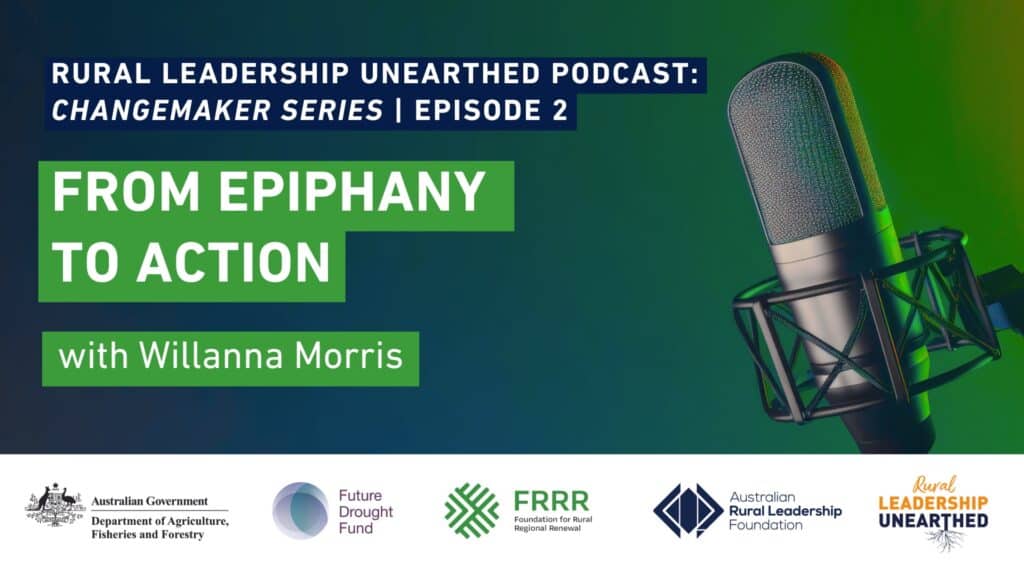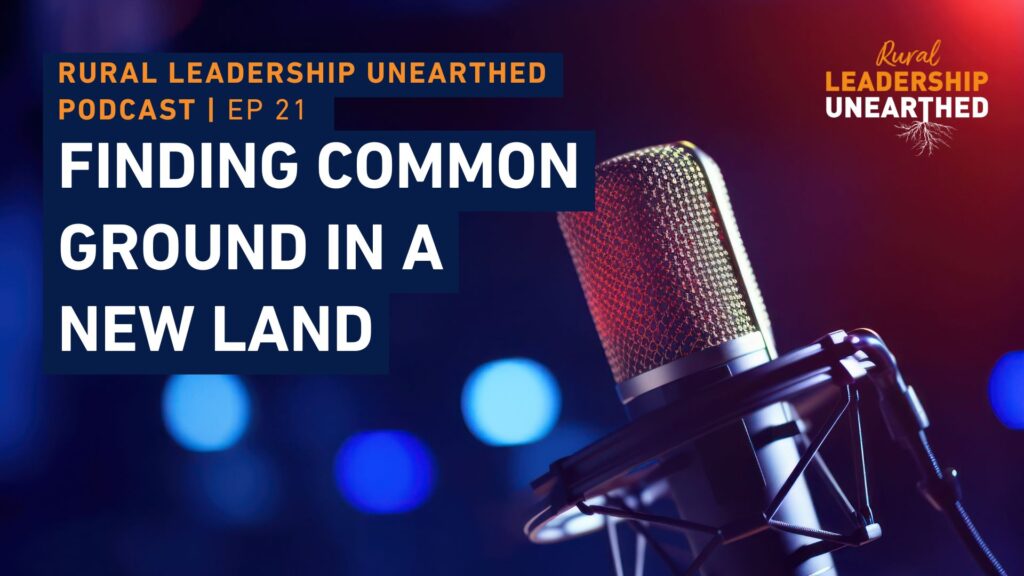Australian Rural Leadership Foundation (ARLF) and Foundation for Rural and Regional Renewal (FRRR) support for communities to become more drought resilient have been recognised internationally, with a specific focus on the impact by women in the regions.
The Helping Regional Communities Prepare for Drought Initiative (HRCPDI) has been included in a report commissioned by the United Nations Convention to Combat Desertification (UNCCD), which was released overnight. The focus of the report is Women-Led Solutions for Drought Resilience to coincide with International Rural Women’s Day (European time).
“The case studies in Australia, Iran, Nigeria and Uganda demonstrate the efforts of local organisations, women’s groups, and women leaders in supporting women’s access to vital information, knowledge and support….,” it states. “In Australia, a nationwide mentoring programme builds resilience and leadership skills, with emphasis on women, in drought-prone areas, equipping women with the skills needed to support their communities.”
The report will also be presented at the Conference of the Parties (COP16) of the UNCCD in December, to inform discussions by international partners on land and drought.
Women leading the way in preparing communities for drought
The $29.6 million HRCPDI is funded by the Australian Government’s Future Drought Fund to help prepare agricultural communities for social impacts of drought and is co-delivered by the ARLF and FRRR.
It targets 35 regions across the country with investment in community grants, leadership development, mentoring, a learning network and a specialist expertise pool. It includes investing nearly $735,000 for over 20 projects to support women in sustainable land management practices and building drought resilience, as well as boosting their leadership skills. The UNCCD recognises at least 16 of these projects, referring to Mallee Sustainable Farming as one such example in the report. This project is creating a network of confident, capable rural female leaders through personal development and leadership training opportunities in Wentworth and Pooncarie, NSW.
Other female-led project examples include:
- Yanco Creek and Tributaries Advisory Council’s ‘Chicks in the Sticks’ events to bring together women in the NSW Riverina (Jerilderie and Moulamein) to increase skills, knowledge and understanding of the risks posed by drought and climate change.
- SA Arid Lands Landscape Board who are hosting the Outback Ladies Muster in Hawker SA, to strengthen local networks, learn from each other and guest speakers, build leadership skills and support their wellbeing of women from across the vast northern inland of SA.
“These projects recognise the role women play not just in agriculture and drought management, but also in supporting the wellbeing of their communities and families,” says ARLF Director of Partnerships Philippa Woodhill.
Strong female participation in drought resilience programs
“Further, while there’s no specific gender focus by HRCPDI drought efforts, there’s been a high number of women involved in helping their communities become more connected and resilient. Of the 686 participants, 539 or 78.5 per cent were female.
“It includes 159 (63.6 per cent) of the 250 National Mentoring Program alone being women. This program pairs a mentor with a mentee to build resilience and develop leadership capacity in drought-prone areas. Female participants are reporting more confidence to take on a leadership role in their community, creating new connections and sharing drought experiences and knowledge with women from other industries, and diversifying their network through their mentor.”
Drought programs boosting social resilience and connection
According to ARLF’s engagement with communities during the program, drought and other natural disasters have led to feelings of disconnection, intergenerational trauma, struggling business and closure, young people relocating and declining mental health and wellbeing among other social impacts.
“Which is why it’s encouraging to see 81 per cent of participants overall reporting a greater understanding of strengthening community resilience, and the benefits of social connection, as a result of their participation in various activities over the last 12 months,” Philippa says.
“People are more resilient when they’re part of a strong community. That’s why we’re supporting community members and organisations to drive local action that helps prepare for drought.”
FRRR’s Lead Disaster Recovery and Resilience Nina O’Brien adds: “Women are playing an increasingly critical role in planning ahead for drought impacts of the future. These three examples provide a quick snapshot into the social capacity and capability required to tackle these challenges, and an important moment to recognise and celebrate their local efforts.”





